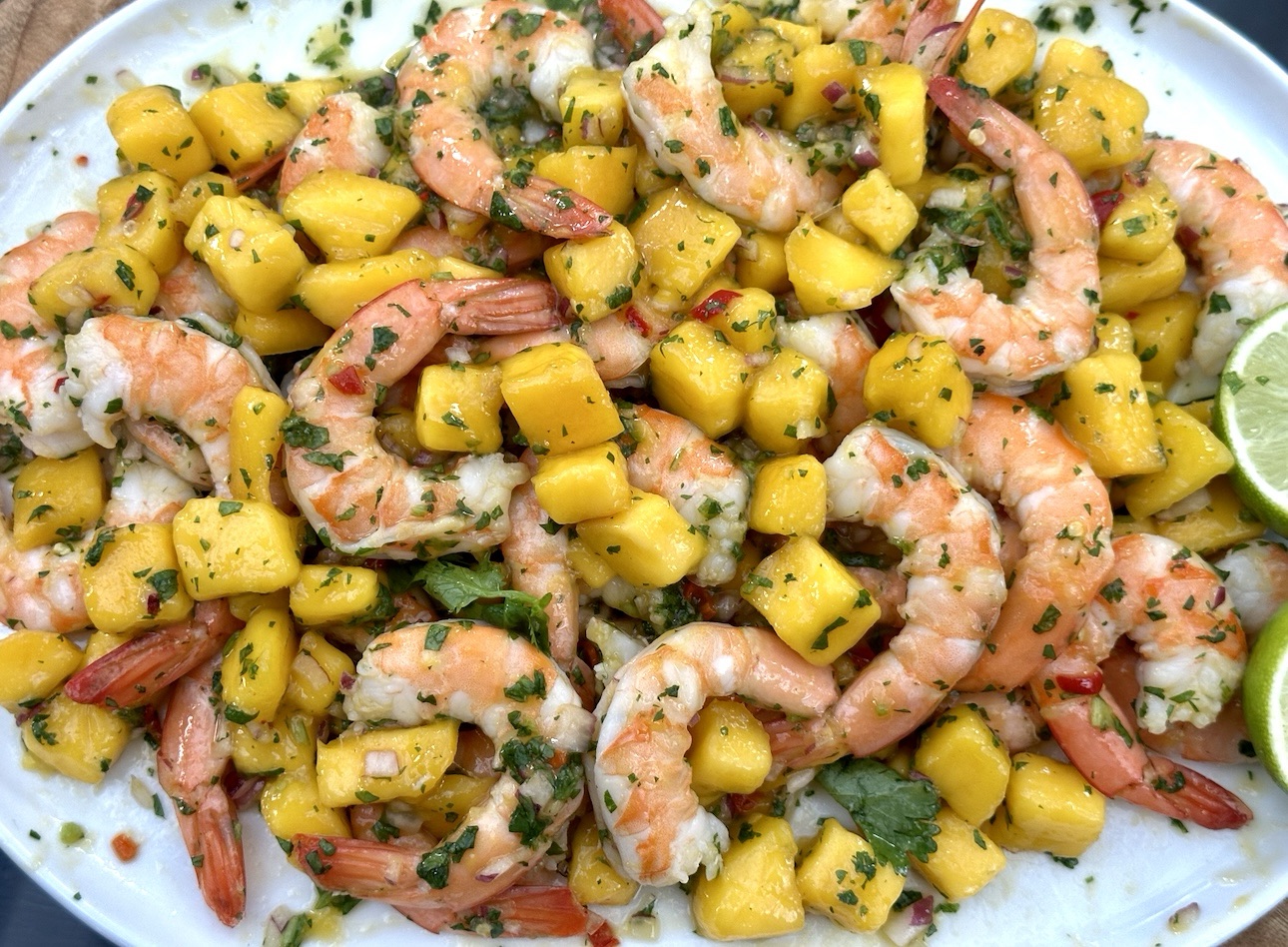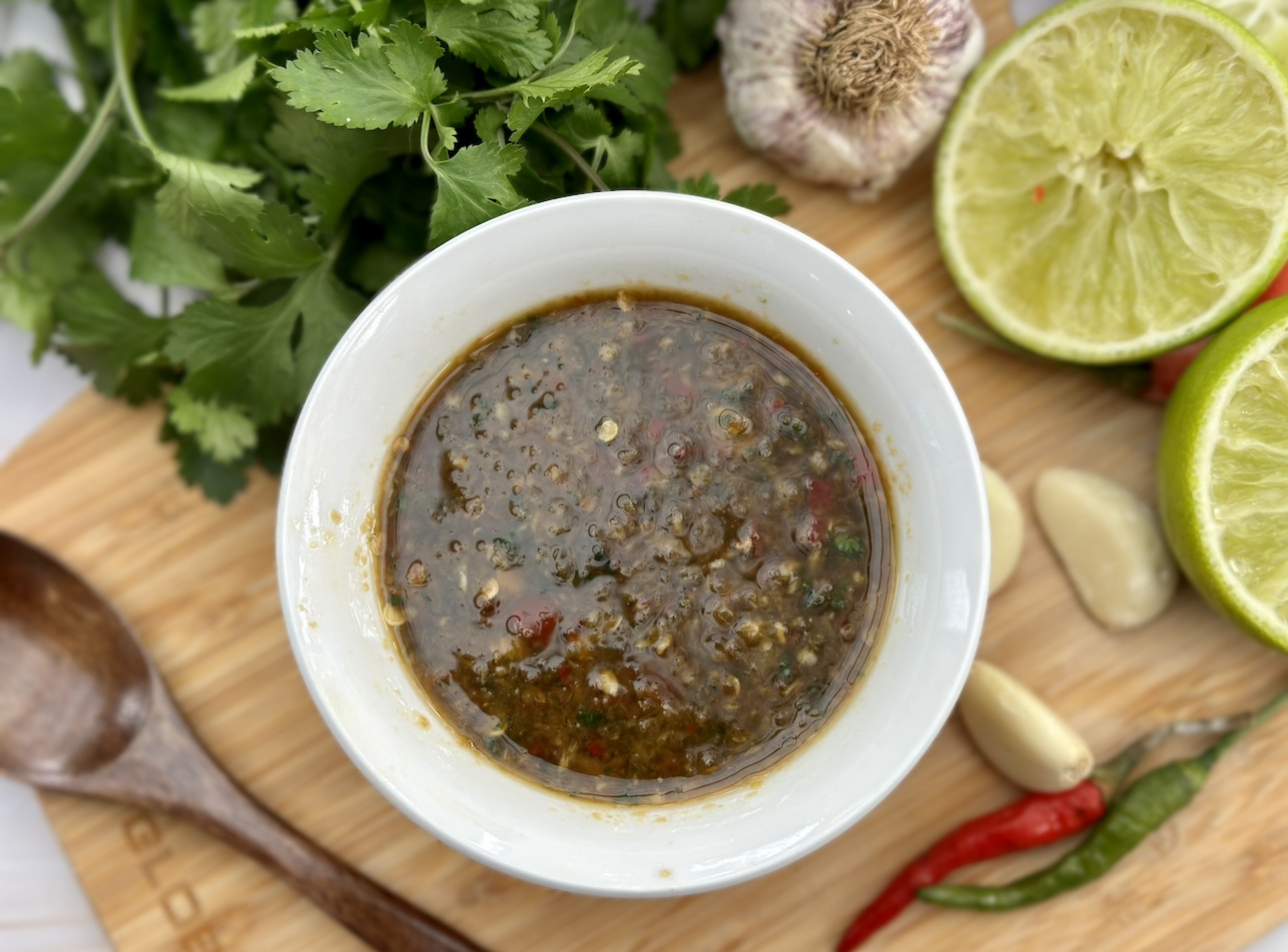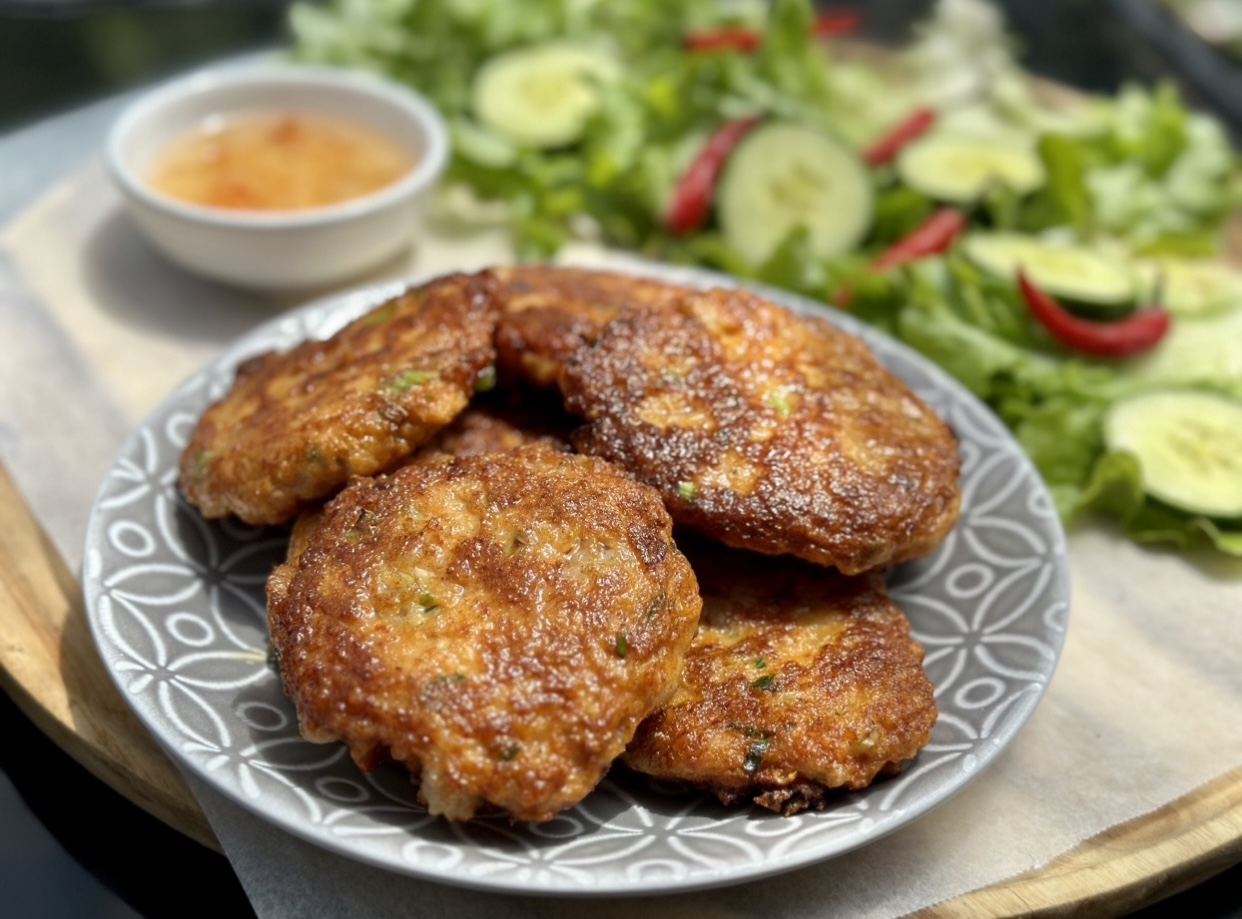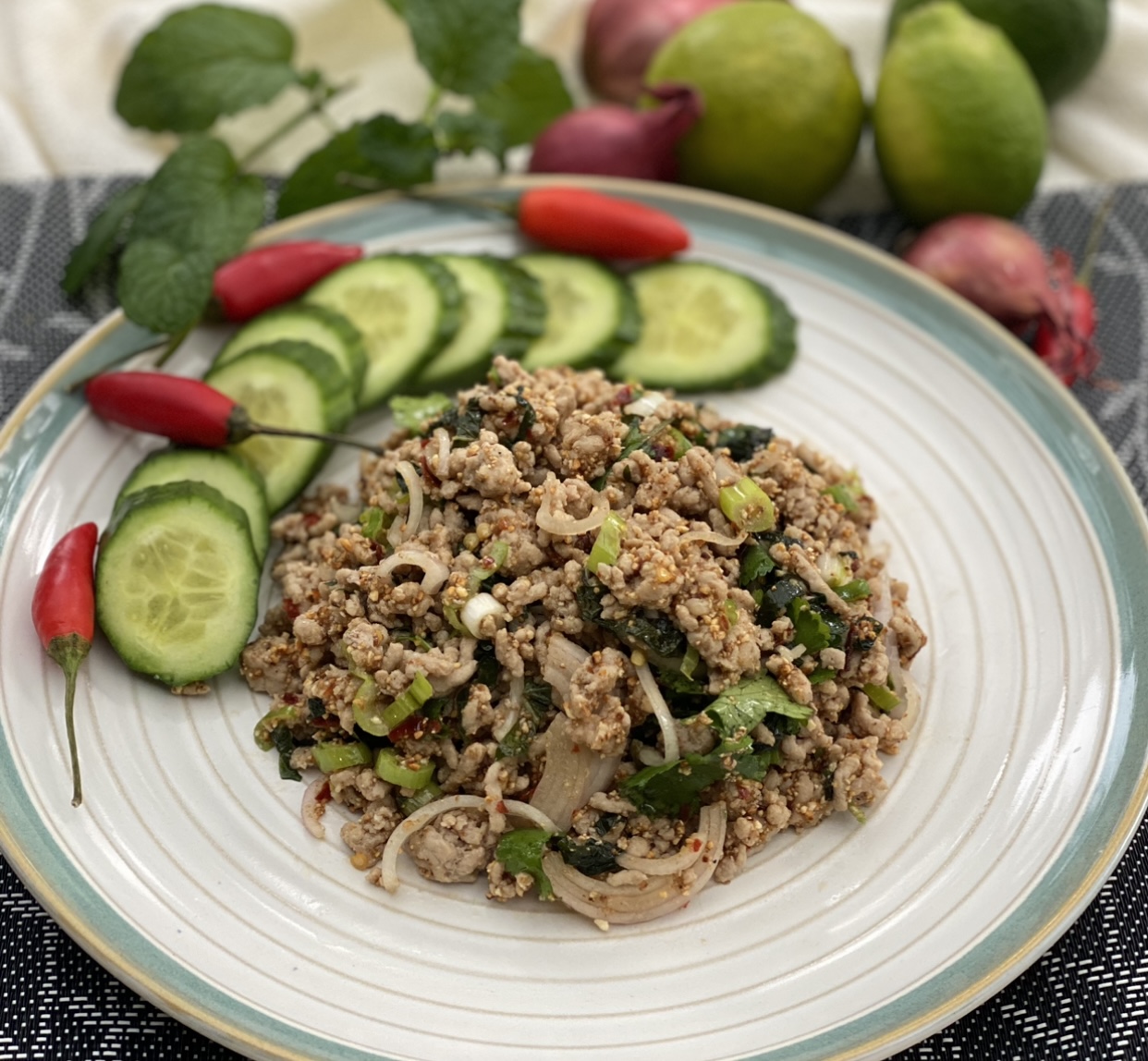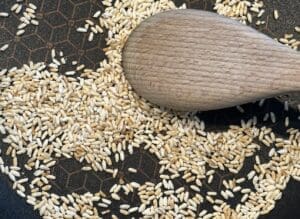
Sliced marinated steak served with spicy dipping sauce. You can easily recreate this tasty and traditional Thai dish, Crying Tiger, at home
Burn the house down 🔥
The other day, the three adults in our household indulged in some delicious Banh mi. I ordered for us and asked for extra fresh chillies because I know how much we love our spicy food. Oh boy, did I regret that decision immensely?! The chillies made us cough uncontrollably and left our eyes red and our mouths burning. No amount of water or milk could provide relief!
Luckily, this incident took place in the comfort of our own home, or else it would’ve been humiliating. Picture us panting while dashing to the nearest store to get milk. Yeah, not a good sight! Obviously, our tolerance for spicy food decreases as we grow older. Hey, if that’s the case, I haven’t learned my lesson because I still naturally gravitate towards spicy food. Like this traditional Thai dish, endearingly known as Crying Tiger.
You know after all these years, I’ve never Googled how Crying Tiger got its name! Here are multiple theories I found after a quick online search: (1) The marbled steak resembles tiger stripes or the grill (2) The dipping sauce is incredibly spicy, enough to make even a tiger cry. (3) Tigers left parts of cows uneaten because they are too full and would cry because they couldn’t finish it.
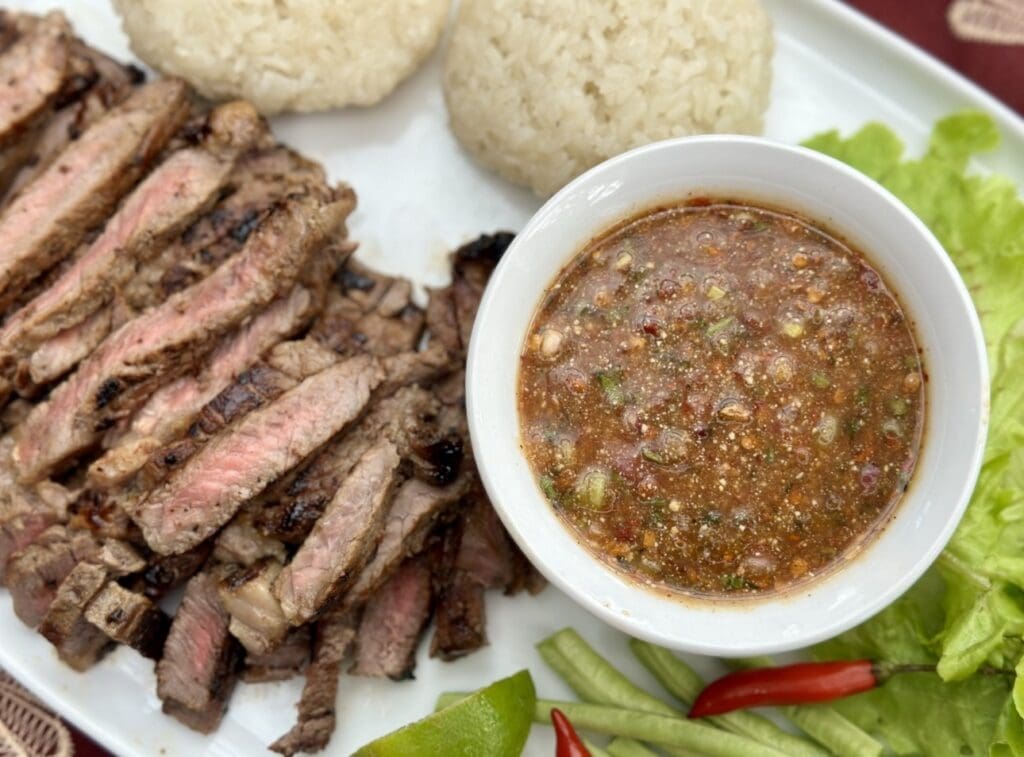
Hmm, if I had to pick one, I would say 2 because it’s the cutest theory. To me, they could’ve named it anything, but I wouldn’t care because Crying Tiger is one unforgettable dish.
Here we have beef steaks marinated in garlic, oyster sauce, fish sauce and soy sauce. The steaks do well with a quick pan fry, grilled or BBQ. We then serve the steaks with the irresistible Nam Jim Jaew dipping sauce, sticky rice, and fresh or cooked vegetables. Ah, the wonderful flavours of Thai cuisine.
Crying tiger
What is Crying tiger’s dipping sauce?
Crying Tiger dipping sauce is called Nam Jim Jaew, a traditional Thai dipping sauce. It comprises roasted rice, fish sauce, tamarind, lime juice, palm sugar, dried chilli flakes, garlic, fish sauce, lime juice. A mouthwatering combination of savoury, spicy and tangy flavours. Nam Jim Jaew would pair beautifully all kinds of grilled meat or vegetables.
This recipe makes a generous amount of sauce because I like to triple dip 😁 If you don’t require as much sauce, I would recommend you halve the recipe.
Best steak for Crying Tiger?
In Thailand, steak is enjoyed chewy rather than tender, and it is usually prepared no rarer than medium. I understand that the best way to cook a steak can spark heated debates, so cook it to your liking. I opted for scotch fillets (rib eye), which is on the expensive side, although affordable cuts like rump, sirloin, flank, or any grilling steak would work nicely.
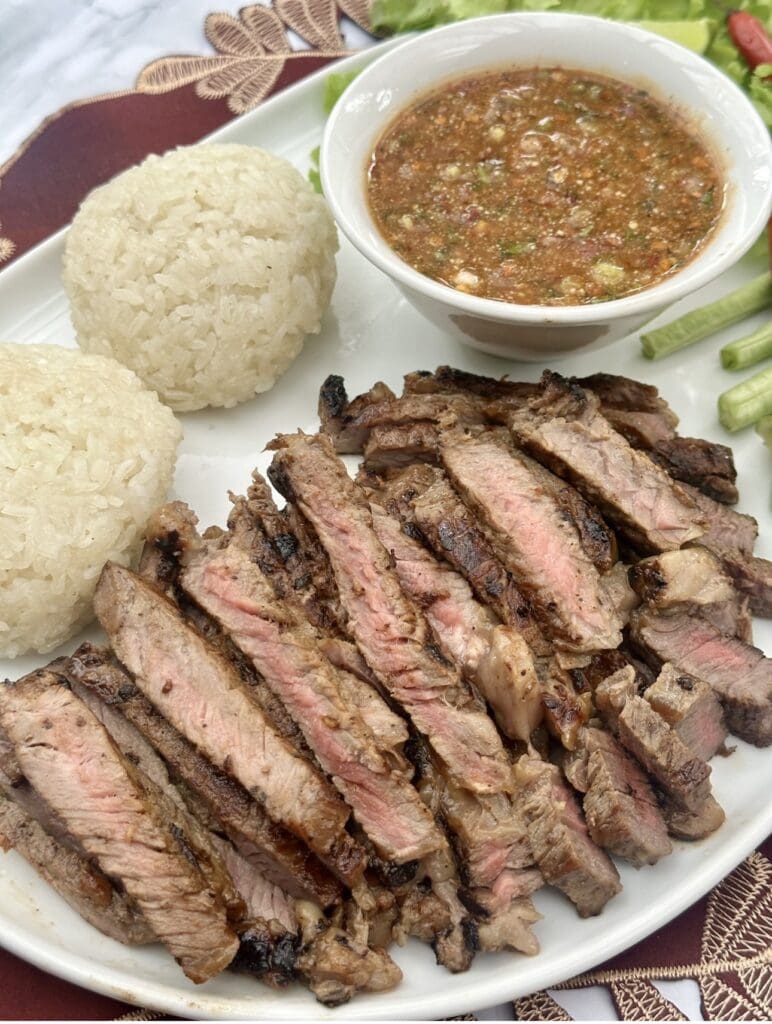
Best way to cook Crying Tiger steaks?
The best way to cook Crying Tiger steaks is to throw them on a charcoal BBQ for that amazing char and smoky flavour. However, not everyone can spare the time for an impromptu BBQ, so I opted to pan-fry mine instead, which is the quickest and most hassle-free method. Aim to cook the steak between medium rare or medium. Let the steak rest before slicing it into thin strips.
Crying Tiger is best served immediately
Once you add in the roasted rice, the dipping sauce will thicken and continue to do so. This means it doesn’t store well. Additionally, the thinly sliced steaks won’t hold up well if reheated or stored, as they may become dry or rubbery. So it’s best to enjoy Crying Tiger immediately after the steak has rested!
Love Thai cuisine? Try these recipes out:
Ingredients for Crying Tiger
For the marinade

Steak – In Thailand, steak is enjoyed chewy rather than tender, and it is usually prepared no rarer than medium. I understand that the best way to cook a steak can spark heated debates, so cook it to your liking. I opted for scotch fillets (rib eye), although you could use more affordable cuts like rump, sirloin, flank, or any grilling steak you prefer. Internal steak temperature guide (during cooking, not when resting) Rare: 48ºC / 118ºF Medium rare: 52ºC / 125ºF Medium: 58ºC / 136ºF Medium well: 62ºC / 143ºF Well done: 68ºC / 154ºF
Oyster sauce – Despite its name, oyster sauce does not have a strong oyster or fishy flavour. Oyster sauce adds a depth of flavour to dishes and has a rich, savoury and slightly sweet flavour profile. Find oyster sauce by looking in the international section at a supermarket or visit an Asian grocer.
Light soy sauce (or regular soy sauce), but don’t swap for dark or sweet soy sauce varieties, as these aren’t interchangeable. Find soy sauce by looking in the international section at a supermarket or visit an Asian grocer.
Fish sauce – My favourite brand is Thai ‘Squid’ fish sauce, but any brand of fish sauce would work. Despite its strong fish odour, fish sauce imparts a distinctive savoury taste to dishes. Find fish sauce by looking in the international section at a supermarket or visit an Asian grocer.
For Nam Jim Jaew Dipping Sauce
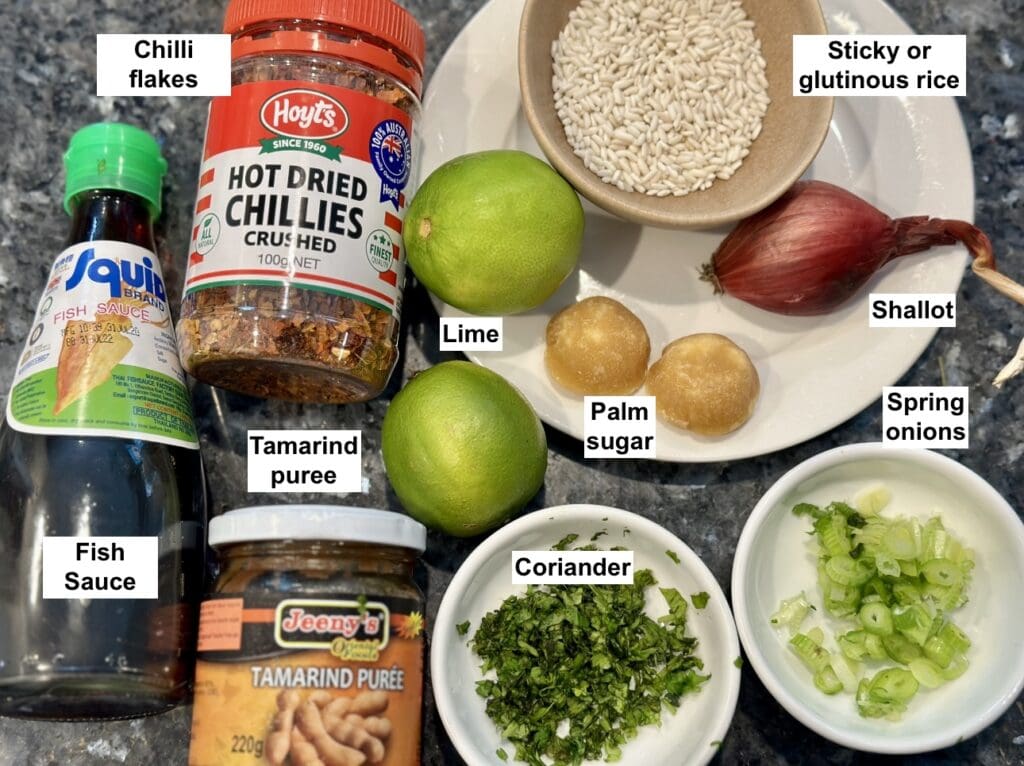
Raw glutinous or sticky rice – In its raw form, glutinous rice appears short with opaque grains that look chalky. Unlike regular rice, glutinous rice has a higher starch content, which makes it sticky when cooked. If you can’t find sticky rice, use the same amount of raw jasmine rice as a substitute. Look for Thai or Vietnamese glutinous rice at an Asian grocer.
Tamarind puree – (tamarind concentrate or paste) has a distinct sweet and sour taste. They’re sold in firm blocks with seeds, which need to be soaked, then strained before using. For convenience, I like to use tamarind in puree. Find tamarind puree by looking in the international section at a supermarket or visit an Asian grocer.
Palm sugar is made from the sap of the coconut palm tree, so there’s no need to harvest the tree, which means it’s sustainable. Look at the ingredients on the label to make sure you’re buying 100% palm sugar for that original caramel taste. If you don’t have palm sugar, you can replace it with the same amount of brown sugar.
Dried chilli flakes – The spiciness of dried chilli flakes can vary from mild to extra spicy, so add a teaspoon to the dipping sauce and taste before adding more.
Subscribe to 3CatsFoodie’s FREE Newsletter

For the latest recipes and other fun stuff!
How to make Crying Tiger
Step-by-step guide with photos
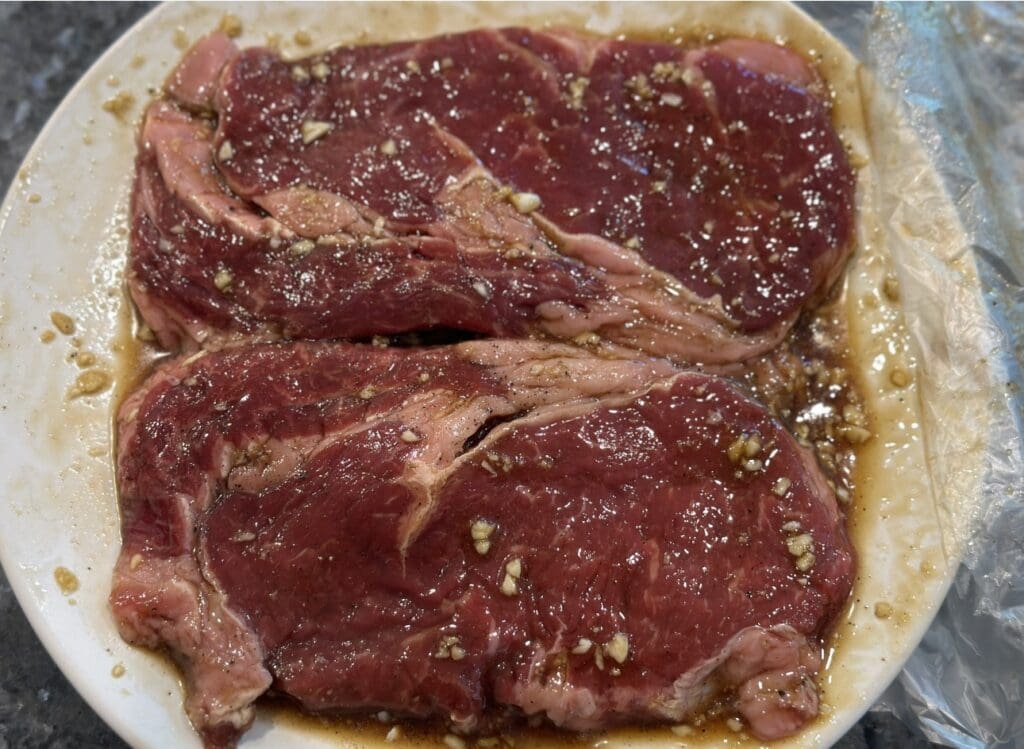

Mix all the marinade ingredients together in a small bowl, then rub it all over the steaks. Cover the steaks and leave to marinate in the fridge for up to 2 hours or overnight.
When it’s time to cook the steaks, take them out of the fridge and let them sit at room temperature for 15 to 30 minutes (depending on your kitchen climate). Doing this will help the steaks cook faster and more even.
On high heat, heat oil in a large frying pan until it smokes. Shake of any excess marinade from the steaks and place them in the pan. For medium cooked steaks, fry each side of the steak for 2 to 3 minutes or adjust cooking time to your liking. Transfer the steaks to a cooling rack and allow them to rest for 5 minutes before slicing them into thin strips. Refer to the notes below for the temperature guide for cooking steak. You could also grill, broil or BBQ the steaks.
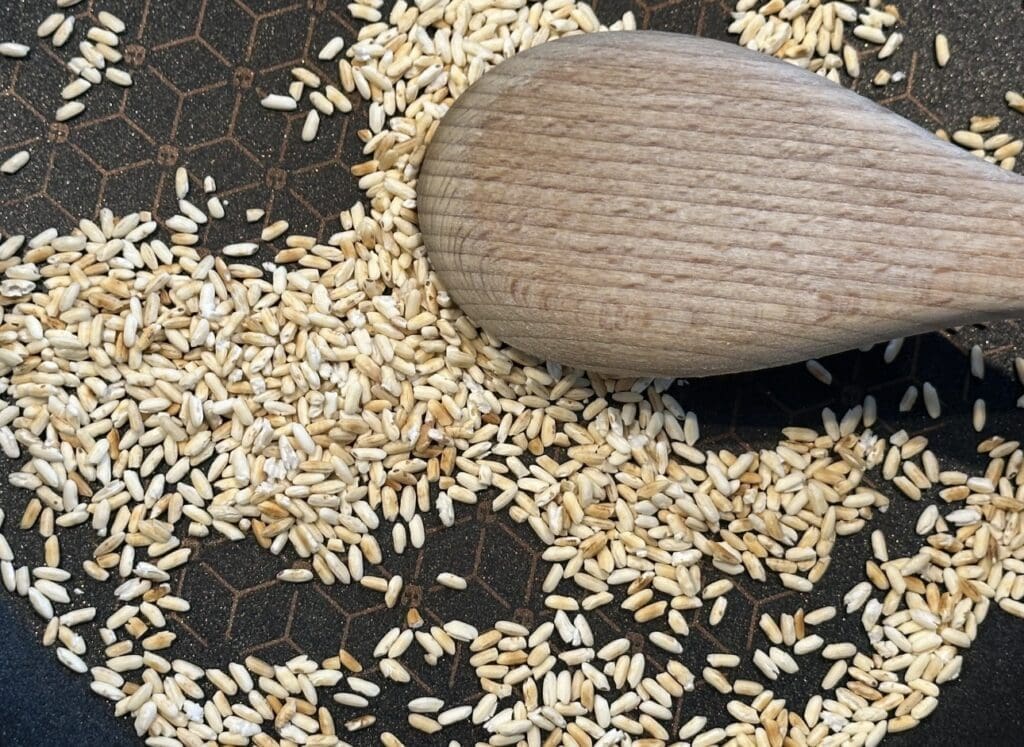
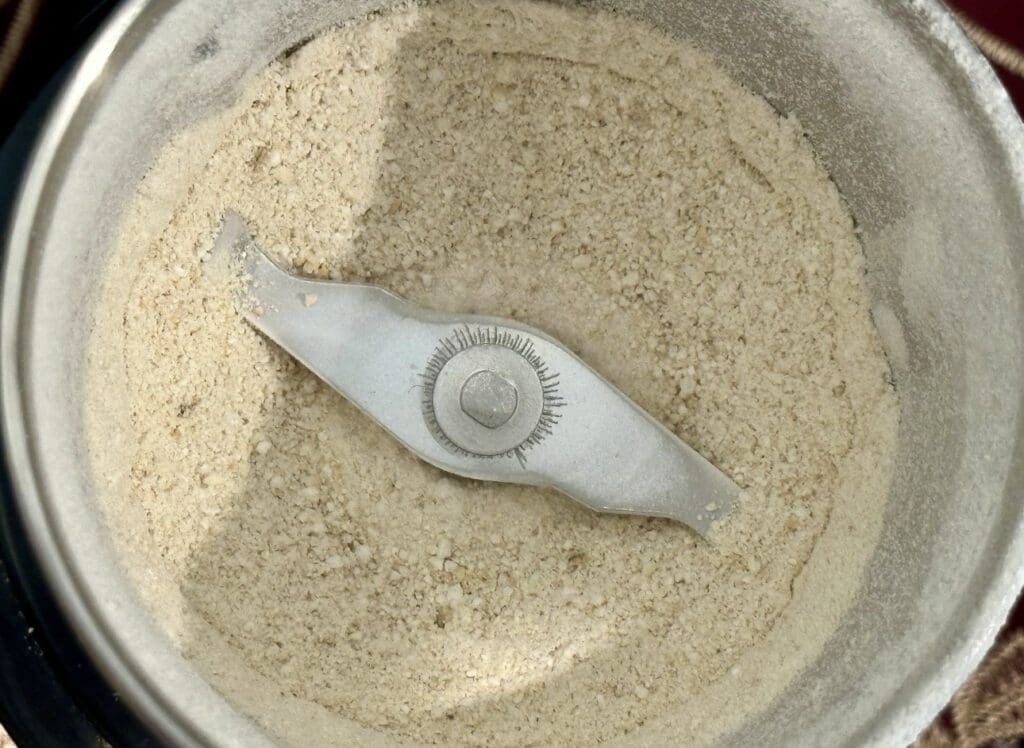
Nam Jim Jaew dipping sauce – Heat small frying pan over medium high heat, then add in the rice. Fry the rice over high heat for 3 to 5 minutes until it becomes fragrant or turns a golden brown colour. Ensure the rice doesn’t burn by shaking the pan or stir the rice frequently. Leave to rice to cool for a few minutes, then use a spice grinder or mortar and pestle to grind the roasted rice into a powdery consistency.
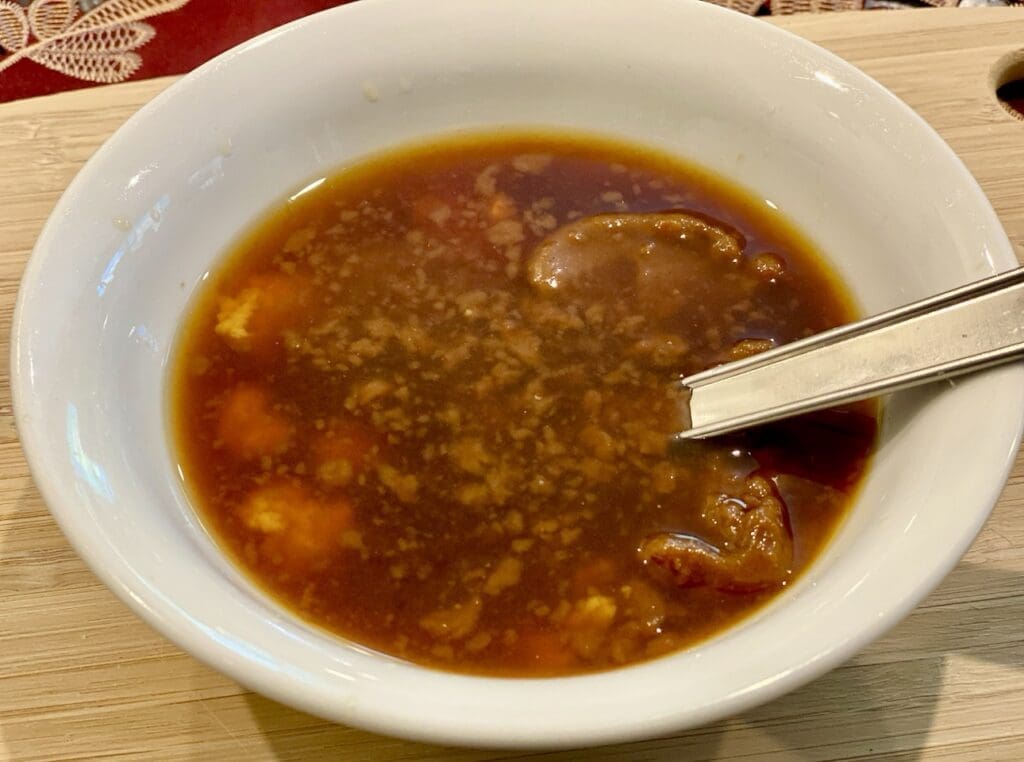
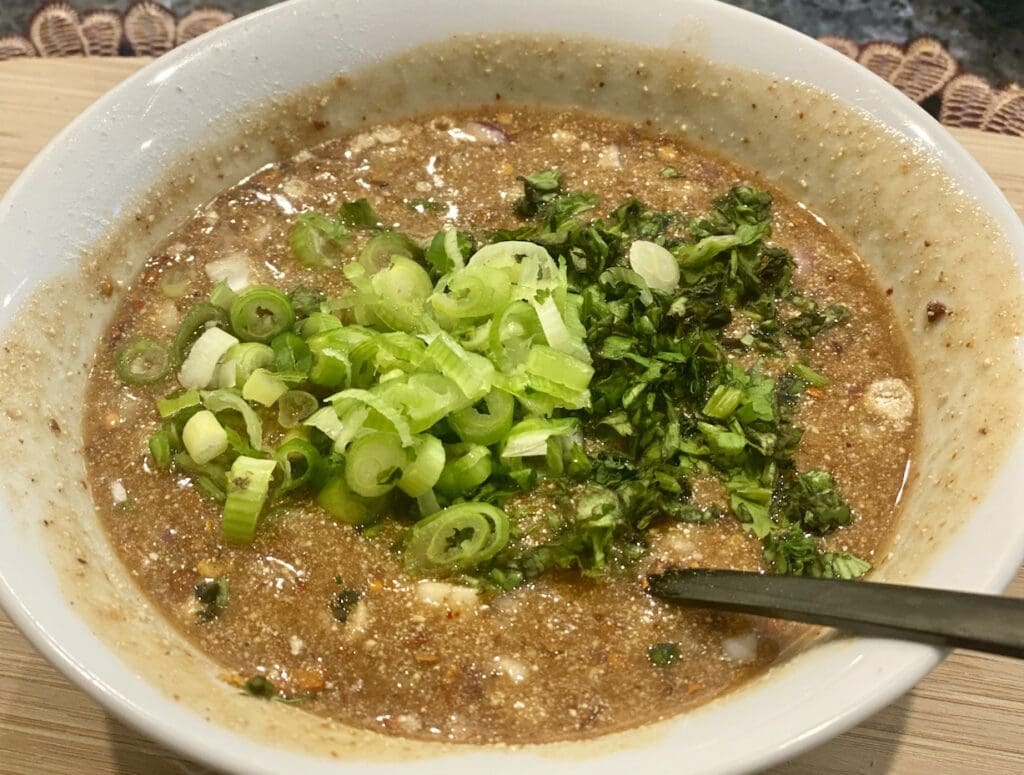

In a bowl, combine the fish sauce, tamarind, lime juice and palm sugar, then stir until most of the sugar dissolves. Stir in the ground roasted rice into the sauce until well combined, then stir in the dried chillies, shallots, coriander and green onion. Taste the sauce and adjust the flavour balance according to your taste, such as adding sugar for increased sweetness or tamarind for a tangier taste.
I’ve used a third-party application to calculate the calories and nutritional information, so please use this as an approximate guide only.
Cooking measurements are in Australian standard spoon and cup measurements. For specific details and conversions, visit our Australian Cooking Measurements page.
I would love your feedback and support if you made this recipe. To do this, please rate this recipe and provide a comment by scrolling down this page or by clicking that green circle on the bottom left. An email address is required (for spam), but it won’t be published. I would also love to see your dish, so don’t forget to tag me on my Instagram account ‘3catsfoodie’
Cheers – Cat T
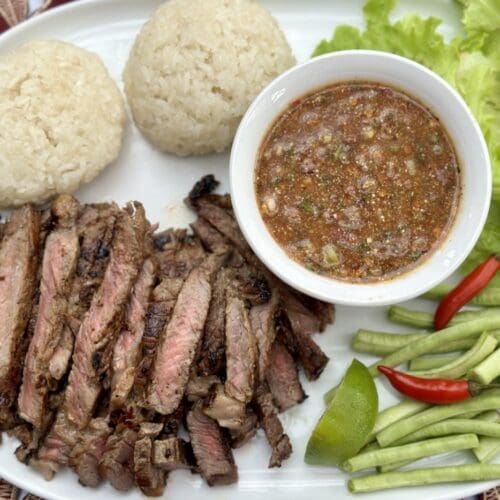
Crying Tiger (Thai beef steak with Nam Jim Jaew dipping sauce)
Video
Ingredients
- 500gm / 1.1lb grilling steak (NOTE 1)
- 2 tbsp (40ml / 1.4floz) vegetable or canola oil
FOR THE MARINADE
- 2 garlic cloves (minced)
- 1 tbsp (20ml / 0.7floz) oyster sauce (NOTE 2)
- 2 tsp (10ml / 0.3floz) light soy sauce (NOTE 3)
- 2 tsp (10ml / 0.3floz) fish sauce (NOTE 4)
- 1 tsp white sugar
- ¼ tsp freshly ground black pepper
FOR NAM JIM JAEW DIPPING SAUCE
- 2 tbsp (40gm / 1.4oz) raw glutinous or sticky rice (NOTE 5)
- ⅓ cup (80ml / 2.7fl oz) fish sauce
- 2 tbsp (40ml / 1.4floz) tamarind puree (NOTE 6)
- 1 tbsp (20ml / 0.7floz) fresh lime juice
- 40gm / 1.4oz finely chopped palm sugar (or brown sugar) (NOTE 7)
- 2 to 4 tsp dried chilli flakes (adjust to taste) (NOTE 8)
- 1 tbsp (12gm / 0.4oz) finely chopped shallots
- 1 tbsp (10gm / 0.3oz) thinly sliced spring onions or scallions
- 1 tbsp (6gm / 0.2oz) finely chopped coriander or cilantro
Instructions
- Mix all the marinade ingredients together in a small bowl, then rub it all over the steaks. Cover the steaks and leave to marinate in the fridge for up to 2 hours or overnight.

- When it's time to cook the steaks, take them out of the fridge and let them sit at room temperature for 15 to 30 minutes (depending on your kitchen climate). Doing this will help the steaks cook faster and more even. On high heat, heat oil in a large frying pan until it smokes. Shake of any excess marinade from the steaks and place them in the pan. For medium cooked steaks, fry each side of the steak for 2 to 3 minutes or adjust cooking time to your liking. Transfer the steaks to a cooling rack and allow them to rest for 5 minutes before slicing them into thin strips. Refer to the notes below for the temperature guide for cooking steak. You could also grill, broil or BBQ the steaks.

- Nam Jim Jaew dipping sauce – Heat small frying pan over medium high heat, then add in the rice. Fry the rice over high heat for 3 to 5 minutes until it becomes fragrant or turns a golden brown colour. Ensure the rice doesn't burn by shaking the pan or stir the rice frequently. Leave to rice to cool for a few minutes, then use a spice grinder or mortar and pestle to grind the roasted rice into a powdery consistency.

- In a bowl, combine the fish sauce, tamarind, lime juice and palm sugar, then stir until most of the sugar dissolves. Stir in the ground roasted rice into the sauce until well combined, then stir in the dried chillies, shallots, coriander and green onion. Taste the sauce and adjust the flavour balance according to your taste, such as adding sugar for increased sweetness or tamarind for a tangier taste.


